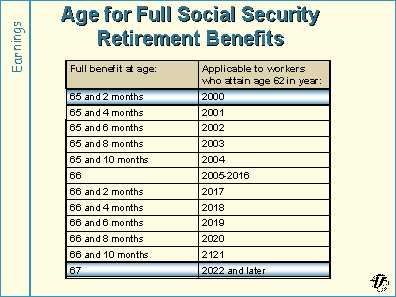Social Security Benefits and Pensions: A Comprehensive Guide
As retirement approaches, it is important to understand the various benefits and resources available to ensure a financially secure future. Social Security benefits and pensions play a crucial role in providing income during retirement years. In this comprehensive guide, we will explore these two key sources of income and how they can contribute to your overall financial well-being.
Social Security Benefits:
Social Security is a federal program designed to provide income for retired workers, as well as disabled individuals and the families of deceased workers. To qualify for Social Security benefits, you must have earned enough credits by working and paying Social Security taxes throughout your career.
The amount of your benefit payment is calculated based on your average earnings over the course of your working years. The age at which you choose to begin receiving benefits also affects the amount you receive. While full retirement age (FRA) is typically around 66-67 years old depending on birth year, you can choose to start receiving reduced benefits as early as 62 or delay until age 70 for increased monthly payments.
Pensions:
Pensions are employer-sponsored retirement plans that provide regular income payments upon retirement. These plans are becoming less common in private sector jobs but are still prevalent among government agencies, unions, and certain industries.
The amount of pension benefit depends on factors such as salary level, length of employment, and contribution rates. Some pensions offer fixed monthly payouts while others provide a formula-based calculation using variables like average salary or service years.
It’s essential to understand if you have a traditional defined benefit plan where the company manages investments or a defined contribution plan like a 401(k), where employees make contributions themselves.
Combining Benefits:
Many retirees receive both Social Security benefits and pensions simultaneously. It’s important to recognize that these two sources of income may impact each other due to rules such as Windfall Elimination Provision (WEP) or Government Pension Offset (GPO).
WEP affects individuals who receive a pension based on their work that wasn’t covered by Social Security. It can result in a reduction of the Social Security benefit amount. GPO impacts individuals who receive a government pension and may lead to a reduction or elimination of spousal or survivor benefits under Social Security.
It’s crucial to understand these rules, as they can influence your retirement income planning and overall financial situation. Consulting with a financial advisor or utilizing online resources provided by the Social Security Administration can help navigate these complexities.
In conclusion, understanding how Social Security benefits and pensions work is essential for planning your retirement finances effectively. By knowing the eligibility criteria, potential impact of early or delayed claiming, and any relevant offset rules, you can make informed decisions that maximize your retirement income. Remember to stay proactive in managing your finances so that you can enjoy a financially secure retirement.

